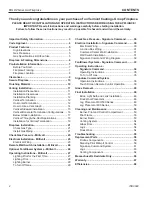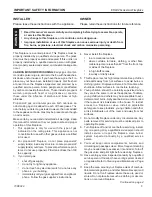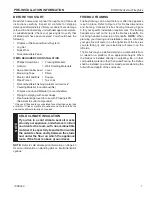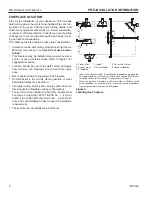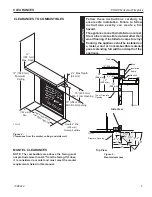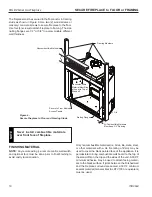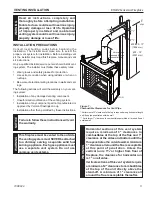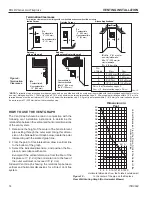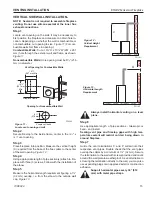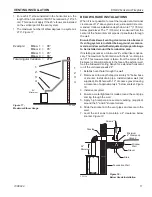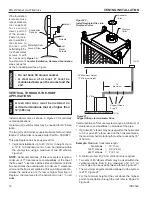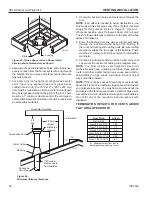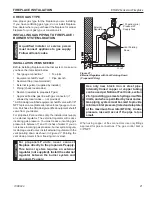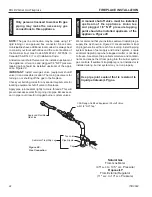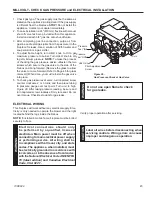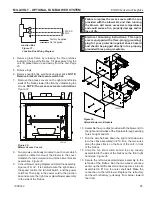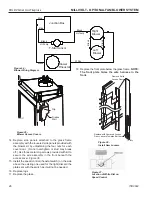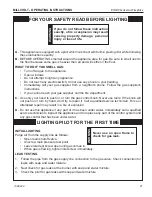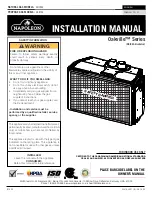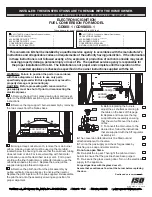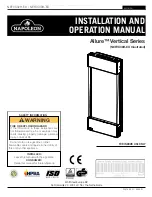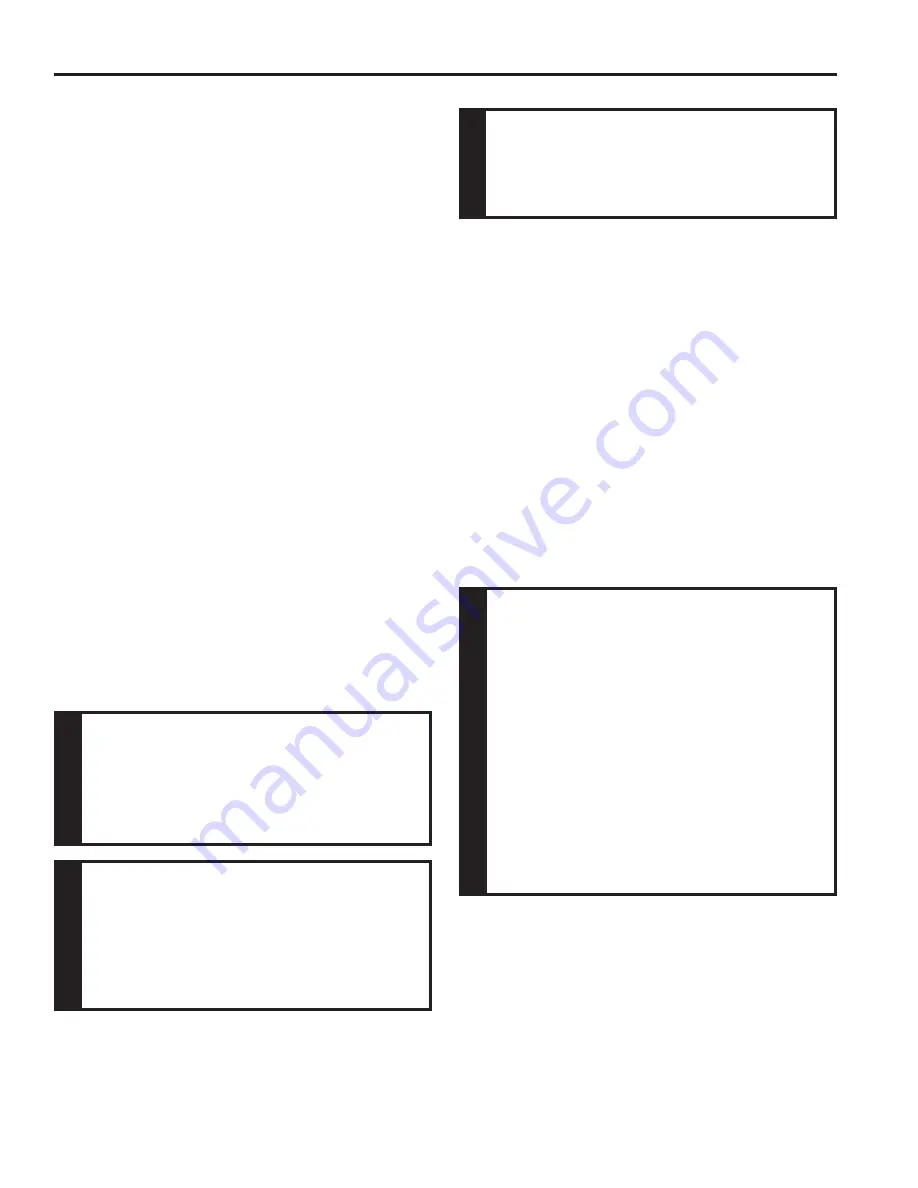
12
73D0024
KHLDV Series Gas Fireplace
VentInG InStaLLatIon
InStaLLatIon pLannInG
There are two basic types of direct-vent installation:
•
Horizontal Termination
•
Vertical Termination
It is important to select the proper length of vent pipe for
the type of termination you choose. It is also important to
note the wall thickness.
For HorIZontaL terMInatIon
Select the amount of vertical rise desired. All horizontal run
of venting must have 1/4" rise for every 12" of run towards
the termination below 7
Z\x
" of vertical rise from floor of fire-
place. With 7
Z\x
feet or more of vertical rise from the floor
of the fireplace, the horizontal run may be level. NEVER
run vent piping down.
You may use up to three 90° elbows in this vent configura-
tion. Refer to Vertical/Horizontal Termination Configurations
on Page 16.
Horizontal venting which incorporates the twist lock pipe
must be installed on a level plane without an inclining or
declining slope.
For VertIcaL terMInatIon
Measure the distance from the fireplace floor to the ceil-
ing. Add the ceiling thickness, the vertical rise in an attic
or second story, and allow for sufficient vent height above
the roof line.
note:
You may use two 45° elbows in place of a 90° elbow.
You must follow rise to run ratios when using 45° elbows.
The appliance is approved for use with three 90° elbows
maximum or a combination of 90° and 45° elbows up to
a maximum of 270°.
w
arn
In
G
never run the vent pipe down. this may
cause excessive temperatures which could
cause a fire.
not
Ice
treatment of firestops and construction of
the chase may vary from building type to
building type. these instructions are not
substitutes for the requirements of local
building codes. you must follow all local
building codes.
not
Ice
when installing in a chase, you should
insulate the chase as you would the outside
walls of your home. this is especially
important in cold climates. Insulation
should be considered a combustible
material. Maintain proper clearances to all
combustible materials.
w
arn
In
G
always maintain minimum clearances around
vent systems. the minimum clearances to
combustibles for horizontal vent pipe are 3"
at the top* and 1" at the sides and bottom
of the vent system until the pipe penetrates
the nearest vertical wall (1" required). a 1"
minimum clearance all around the pipe must
be maintained at outside wall and on vertical
runs. Do not pack the open air spaces with
insulation or other materials. this could
cause high temperatures and may present
a fire hazard.
*unless the vertical run is 7
Z\x
feet or higher
from floor of fireplace, the clearance for the
horizontal run is 1" on all sides.
For two-story applications, firestops are required at each
floor level. If an offset is needed in the attic, additional pipe
and elbows will be required.
You may use a chase with a vent termination with exposed
pipe on the exterior of the house. See
Installing A Vent
System in an Outside Chase
below. If pipe is enclosed in
chase, it is not exposed.
It is very important that the venting system maintain its bal-
ance between the combustion air intake and the flue gas
exhaust. Certain limitations apply to vent configurations
and must be strictly followed.
InStaLLInG a Vent SySteM In an
outSIDe cHaSe
A chase is a vertical boxlike structure built to enclose
venting that runs along the outside of a building. A chase
is required for such venting.


